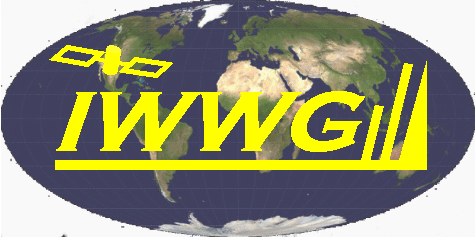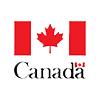Comparing Effects of Quality Indicator Thresholds for Atmospheric Motion Vectors in NAVGEM
NRL is developing a more flexible and easy-to-use architecture for controlling the assimilation of satellite winds. The new architecture will make it easier to accommodate changes in the satellite wind observation suite, and will also facilitate control of various satellite winds quality control measures, such as channel selection, vertical limits, and quality indicator (QI) thresholds. The QI flags associated with each atmospheric motion vector (AMV) are determined during production of the AMVs; each NWP center determines the QI thresholds to apply. While working on our new architecture, we realized that not only do the assigned thresholds vary widely for different providers and channels, but the thresholds in some cases have not been updated since the latest generation of geostationary satellites has become operational. We examine the stratification of counts, innovation statistics, and forecast sensitivity observation impact for various thresholds of QI, for each of the geostationary AMV types assimilated in the U.S. Navy’s global numerical weather prediction system NAVGEM.






